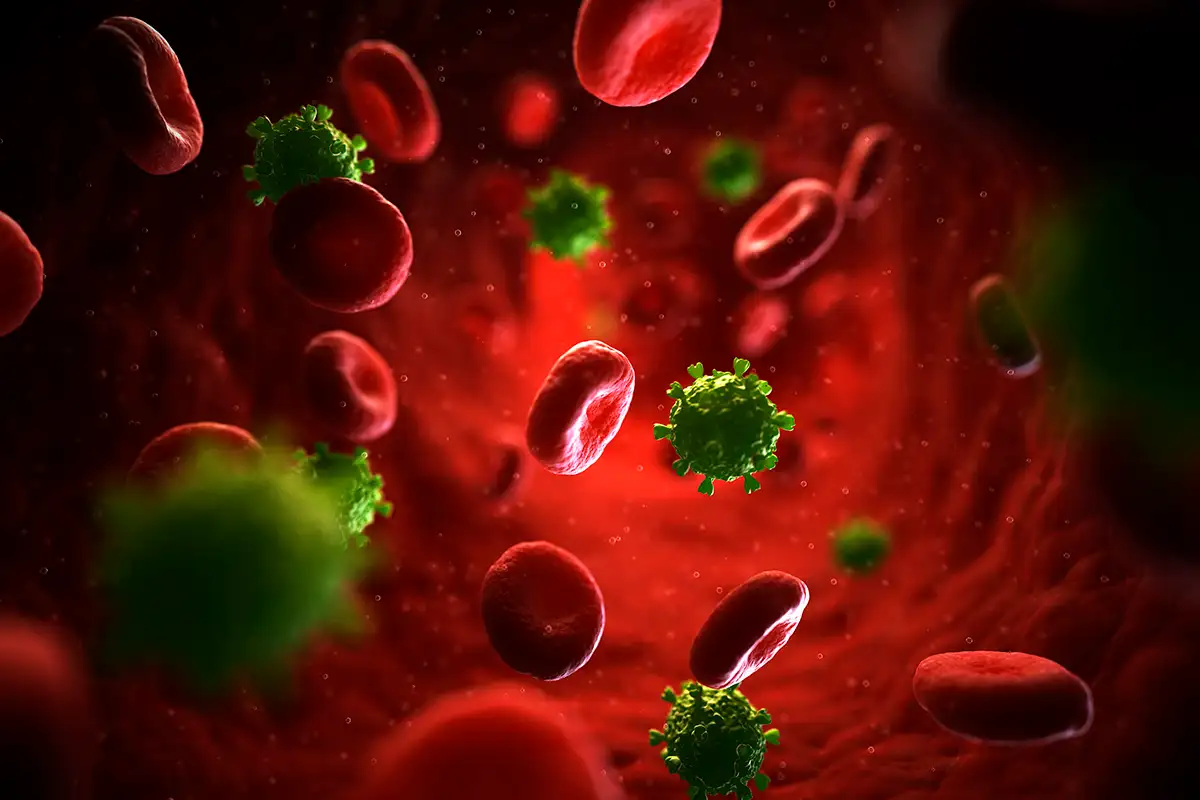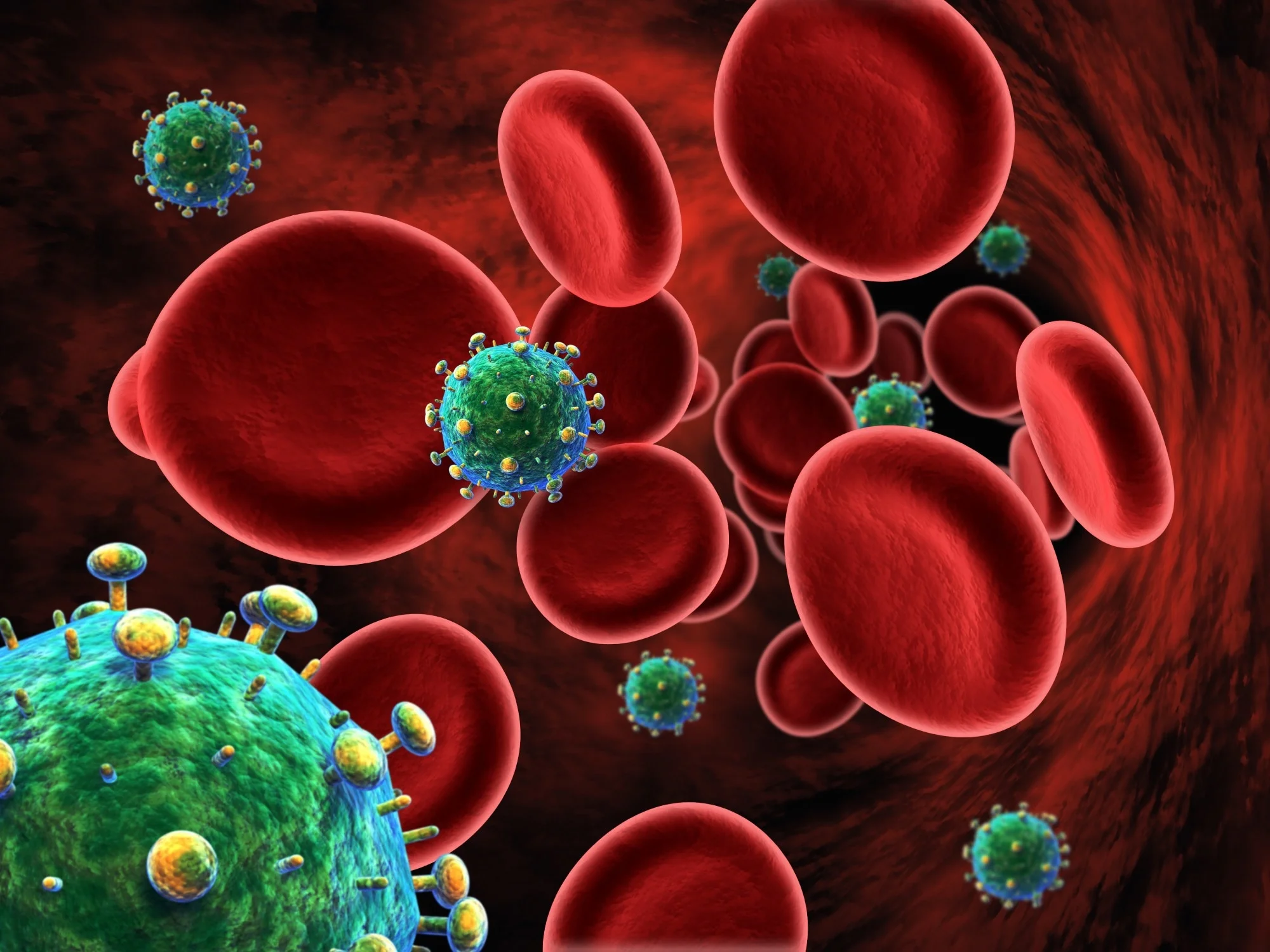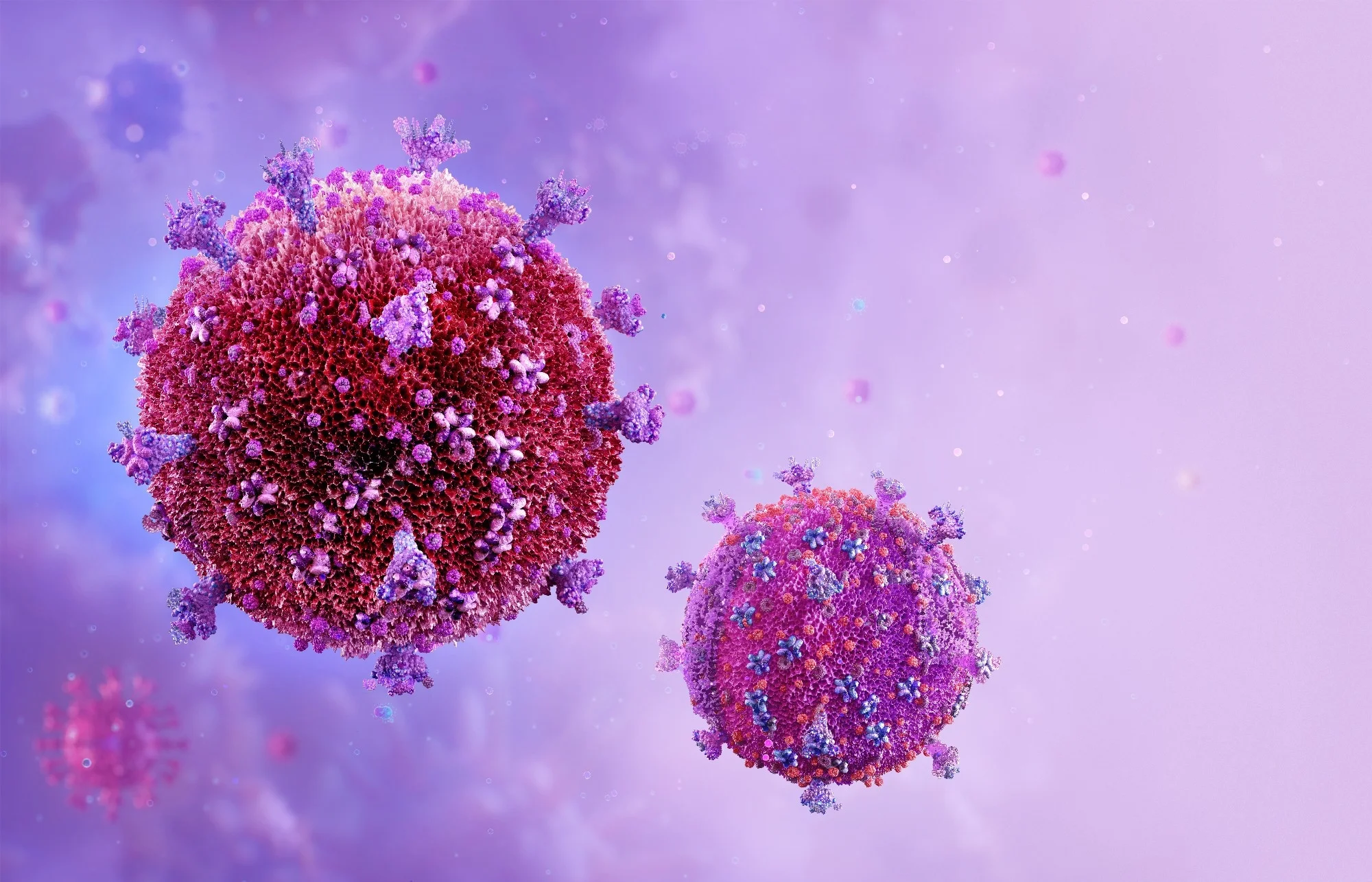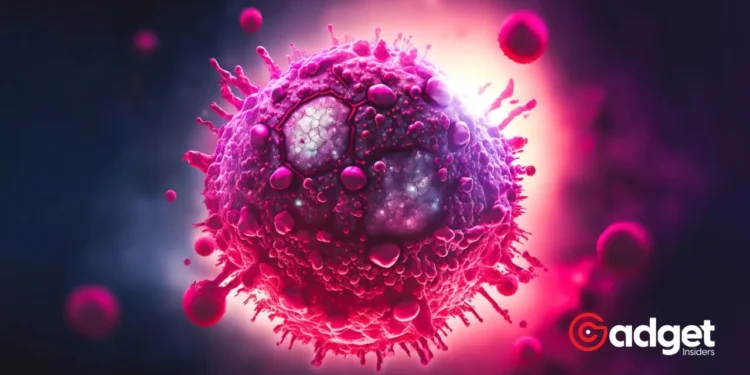In a groundbreaking development, researchers have unveiled a promising new strategy for HIV Cure, bringing the world closer to a potential cure for this enduring epidemic. The innovative approach, known as “shock and kill,” targets the latent virus hidden within the body, marking a significant milestone in HIV cure research.
This novel method, involving HIV-like particles (HLPs), has shown unprecedented effectiveness in activating and eliminating the dormant virus that has long evaded current treatments.
Unraveling the Mechanism of HLPs
At the heart of this breakthrough is the use of HIV-like particles. Unlike the active virus, these particles are non-infectious and designed to mimic the structure of HIV, allowing them to trigger an immune response without posing a risk of disease.
This clever strategy was developed through collaborative efforts by scientists from the University of Western Ontario’s Schulich School of Medicine and Dentistry and the University of Bristol in the UK.

The study, published in the journal Emerging Microbes & Infections, reveals that HLPs are a hundred times more potent in combating HIV in individuals undergoing combined antiretroviral therapy (cART) compared to other potential cure strategies currently being explored. This marks a monumental advancement in the quest to eradicate HIV.
The Plight Against HIV
Human Immunodeficiency Virus, the virus responsible for AIDS, attacks the body’s immune system, particularly CD4 cells, which play a crucial role in fighting infections. Without treatment, HIV progresses to AIDS, leading to severe health deterioration and ultimately death within a few years.
Despite significant advancements in treatment, over 1.2 million people in the U.S. live with HIV, with tens of thousands of new cases diagnosed annually.

The cornerstone of current HIV cure treatment is cART, a combination of medications aimed at suppressing the virus’s replication. Although cART has been successful in reducing viral load to undetectable levels and preventing the progression to AIDS, it does not eliminate the virus from the body.
Human Immunodeficiency Virus can hide in a “latent reservoir” within cells, remaining dormant and unreachable by conventional treatments.
The Promise of HLP in Eradicating Latent Human Immunodeficiency Virus
The “shock and kill” strategy introduced by HLP aims to address this challenge by activating the latent virus, making it visible to the immune system for destruction.
This approach was tested on blood samples from 32 patients with chronic Human Immunodeficiency Virus from the U.S., Uganda, and Canada, who had been on stable cART for an average of 13 years. The results were striking, showing HLP’s ability to specifically target immune cells harboring the latent virus and purging it from the system.
HIV cure nearer with way to "shock and kill" latent virus https://t.co/IgcOW7rj2Z pic.twitter.com/8qQPJXQZan
— Newsweek (@Newsweek) March 28, 2024
Eric Arts, a leading figure in the study, emphasized the decade-long effort behind this development and the significant potential it holds for providing an affordable cure. The research team’s goal aligns with global initiatives to end the Human Immunodeficiency Virus pandemic by 2030, a vision shared by organizations such as the UN and WHO.
Towards a Global Cure
One of the most promising aspects of HLP therapy is its effectiveness across all Human Immunodeficiency Virus variants, suggesting its potential as a universal treatment.
HIV’s high mutation rate has led to various subtypes, complicating treatment efforts. However, preliminary evidence suggests that HLP therapy can reverse latency irrespective of the subtype, indicating its broad applicability.

As the world edges closer to a cure, the next steps involve expanding this research to a larger global cohort to determine its efficacy in both chronic and acute Human Immunodeficiency Virus cases.
This development not only brings hope to millions living with HIV but also represents a significant leap toward eradicating one of the most challenging viruses humanity has faced.










